#senckenberg
Explore tagged Tumblr posts
Text

📷 by natureandphotography1 (Flickr, Autumn Blog, Nerdy Blog)
Please do not remove credit :)
30 notes
·
View notes
Text

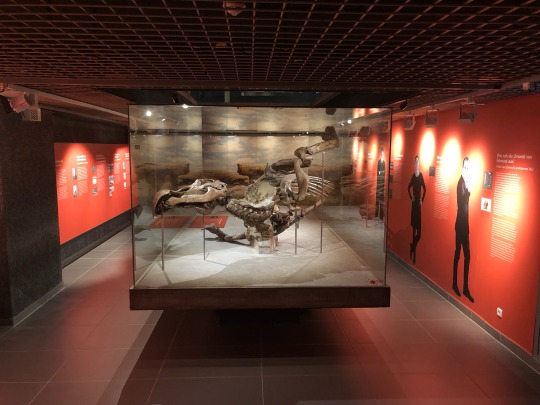
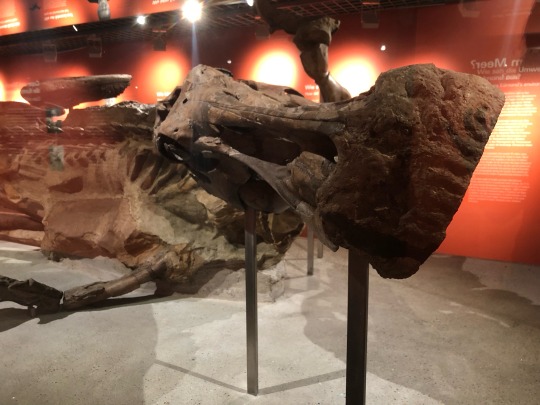
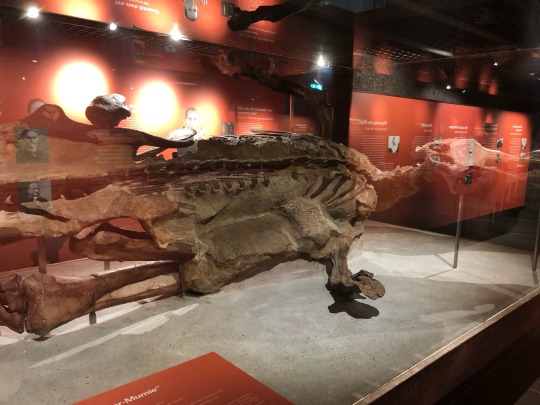
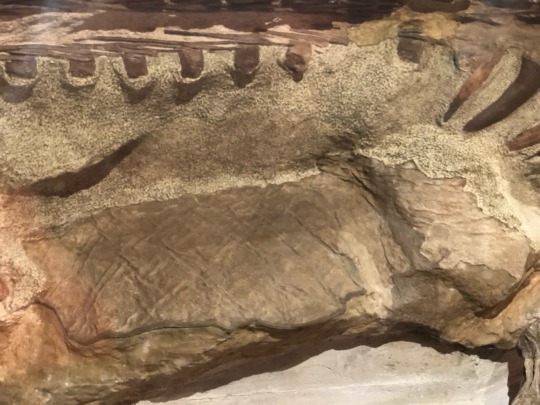
Edmond, the Edmontosaurus mummy.
687 notes
·
View notes
Text

White-lipped tree frog (Nyctimystes infrafrenatus) By: Senckenberg Museum From: Living Amphibians of the World 1966
#white-lipped tree frog#tree frog#frog#amphibian#1966#1960s#Senckenberg Museum#Living Amphibians of the World (1966)
52 notes
·
View notes
Text
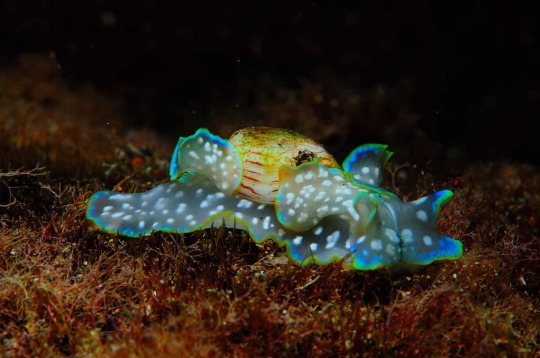
The Micromelo undatus was among the finalists for the mollusc of the year competition
Photograph: Aketa Herrero Barrencua/Senckenberg Research Institute/AFP/Getty Images
#aketa herrero barrencua#photographer#senckenberg research institute#afp via getty images#micromelo undatus#mollusc#animal#nature
99 notes
·
View notes
Text
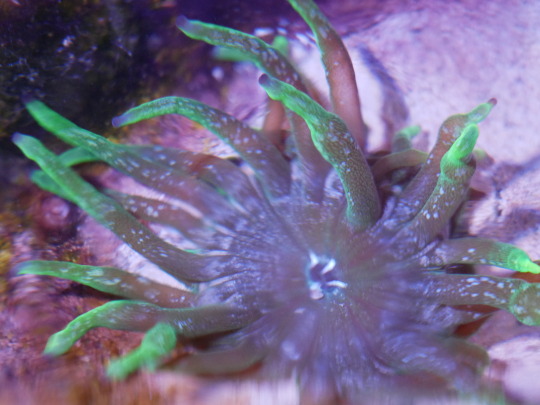
Diskussion zu "Triff das Riff! – Perspektive Kunst"
Looking for Medusa
Gespräch mit Katharina Hoppe, Florian D. Schneider und Julia Katharina Thiemann
13. Januar, 19.00 Uhr Treffpunkt: Haupteingang des Naturmuseums Die Teilnahme ist kostenfrei
Für die künstlerische Intervention „Looking for Medusa“ verknüpfen Linda Weiß und Nina M.W. Queissner natur- und kultur-wissenschaftliche Recherche, um sich dem Lebensraum der Korallen anzunähern. Das Gespräch mit der Soziologin Katharina Hoppe, der Kunstwissenschaftlerin und Kuratorin Julia Katharina Thiemann sowie dem Biologen Florian Schneider widmet sich nun der Frage, wie unterschiedliche Wissensformen, vor allem im Medium der Kunst, zusammenkommen können.
Mit welcher Wirkung können sie gemeinsam Themen vermitteln? Wie kann es gelingen, Lebensräume erfahrbar zu machen, die sich der menschlichen Wahrnehmung entziehen? Welche kuratorischen Strategien gibt es, um Wissenschaft und Imagination zu verbinden? Und welche Bedeutung kommt dem transdisziplinären Austausch dabei zu? Das Gespräch findet in Anwesenheit der Künstlerinnen und Kuratorinnen statt.
Bildinformation: Nina M. W. Queissner und Linda Weiß, Looking for Medusa, 2023, Detail, Foto: Nina M.W. Queissner
Anmeldung über https://museumfrankfurt.senckenberg.de/de/kalender/#undefined erforderlich
#senckenberg museum#nina m w queissner#linda weiß#ellen wagner#triff das riff#looking for medusa#corals#climate change#biodiversity
2 notes
·
View notes
Text

Senckenberg Nature Museum, Frankfurt
0 notes
Text
Absurditäten in der Wahrnehmung von invasiven Arten und die Voreingenommenheit gegenüber Waschbären
Und schon wieder erscheint von ZOWIAC rund um Herr Prof. Sven Klimpel eine „Studie“ über invasive Arten, die allerdings voreingenommen geplant und ausgewertet worden ist und der Sündenbock von Anfang an ganz klar fest stand: der Waschbär! Inzwischen stehen 88 invasive gebietsfremde Arten auf der EU-Liste 2022 der invasiven Arten, davon 33 Wirbeltiere, aber durch die enorme Hetzkampagne gegen den…

View On WordPress
0 notes
Text
Von Nordhorn nach Lleida: der längste Weg von GW1909m
Der längste Weg von GW1909m: #Wolf wandert quer durch Zentraleuropa aus #Nordhorn bis nach #Katalonien.
Ein Wolf ist im nordöstlichen Katalonien entdeckt worden. Das ist bereits ungewöhnlich. Doch das Besondere daran ist: Das Tier wurde 2020 auf dem Bombenabwurfplatz Nordhorn Range geboren und es ist dann in nur zwei Jahren aus der Grafschaft Bentheim im deutschen Nordwesten bis in den Kreis Alta Ribagorça gewandert. Der liegt in der katalanischen Provinz Lleida, direkt hinter der südfranzösischen…
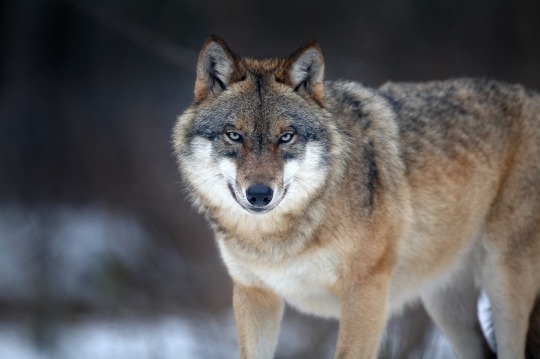
View On WordPress
#Alta Ribagorça#Antagene#Bourgogne-Franche-Comté#Canis lupus#Exkremente#Fleurey-lès-Faverney#Forschungsinstitut Senckenberg#Frankreich#Gabriel Lampreave#Grup Especial Caní#GW1909m#Katalonien#Nordhorn#Office français de la biodiversité#Pyrenäen#Vilaller#Wolf
0 notes
Text




My 25 years of palaeoart chronology...
Last post for my life-size Megeneura (70cm wingspan, 2017); packaging and shipping a delicate model to the Senckenberg Museum, Frankfurt, was nooooot easy.
#Art#Painting#PaleoArt#PalaeoArt#SciArt#SciComm#DigitalArt#Illustration#Dinosaurs#Birds#Reptiles#Palaeontology#Paleontology#Meganeura#Carboniferous
650 notes
·
View notes
Text
ARCHEOSTUDI / I popoli preistorici sopravvissuti all'ultima Era Glaciale? Si estinsero in Italia
#ARCHEOLOGIA #STUDI / I popoli preistorici sopravvissuti all'ultima Era Glaciale? Si estinsero in Italia: lo rivela uno studio internazionale pubblicato su #Nature @Nature | @UNI_FIRENZE | @UniPadova | @Unibo | @unipisa | @unisiena | @unipa_it | @univca
Ricostruzione di un cacciatore-raccoglitore associato alla cultura gravettiana (32.000-24.000 anni fa), ispirata ai reperti archeologici del sito di Arene Candide (Italia) (foto: Tom Bjoerklund) Con il più grande set di genomi di cacciatori-raccoglitori europei preistorici mai realizzato, un gruppo di ricerca internazionale, a cui ha partecipato l’Università di Firenze, ha riscritto la storia…

View On WordPress
#archeologia#biologia#cacciatori-raccoglitori#dna#era glaciale#genetica#Max Planck Institute for Evolutionary Anthropology di Lipsia#Nature#paleoantropologia#Preistoria#Senckenberg Center for Human Evolution and Paleoenvironment#studi#Università di Bologna#Università di Cagliari#Università di Firenze#Università di Padova#Università di Palermo#Università di Pechino#Università di Pisa#Università di Siena#Università di Tubinga
1 note
·
View note
Text

📷 by natureandphotography1 (Flickr, Autumn Blog, Nerdy Blog)
Please do not remove credit :)
#mine#photography#original#senckenberg#museum#natural history#science#fossil#ichtyosaur#bones#marine#reptile
20 notes
·
View notes
Text

Pov: you are a leaf that thought it was safe on its high branch.
530 notes
·
View notes
Text

Apatemyids were a group of unique early placental mammals that lived during the first half of the Cenozoic, known from North America, Europe, and Asia. Due to their specialized anatomy their evolutionary relationships are rather murky (they were traditionally part of the convoluted mess that was "Insectivora"), but currently they're thought to be a very early offshoot of the Euarchontoglires, the branch of placentals that includes modern rodents, lagomorphs, treeshrews, colugos, and primates.
Living in what is now western Europe during the mid-Eocene, around 47 million years ago, Heterohyus nanus was a small apatemyid about 30cm long (~12") – although just over half of that length was made up of its tail.
Like other apatemyids it had a proportionally big boxy head, with large forward-pointing rodent-like incisors in its lower jaw and hooked "can-opener-shaped" incisors in its upper jaw.

Example of an apatemyid skull from the closely related American genus Sinclairella. From Samuels, Joshua X. "The first records of Sinclairella (Apatemyidae) from the Pacific Northwest, USA." PaleoBios 38.1 (2021). https://doi.org/10.5070/P9381053299
The rest of its body was rather slender, and fossils with soft tissue preservation from the Messel Pit in Germany show that it had a bushy tuft of longer fur at the end of its long tail.
But the most distinctive feature of apatemyids like Heterohyus were their fingers, with highly elongated second and third digits resembling those of modern striped possums and aye-ayes. This suggests they had a similar sort of woodpecker-like ecological role, climbing around in trees using their teeth to tear into bark and expose wood-boring insect holes, then probing around with their long fingers to extract their prey.
———
NixIllustration.com | Tumblr | Patreon
References:
Kalthoff, D. C., W. Von Koenigswald, and C. Kurz. "A new specimen of Heterohyus nanus (Apatemyidae, Mammalia) from the Eocene of Messel (Germany) with unusual soft part preservation." Courier Forschungsinstitut Senckenberg 252 (2004): 1-12. https://www.researchgate.net/publication/263714512_A_new_specimen_of_Heterohyus_nanus_Apatemyidae_Mammalia_from_the_Eocene_of_Messel_Germany_with_unusual_soft-part_preservation
Koenigswald, W. V., and H-P. Schierning. "The ecological niche of an extinct group of mammals, the early Tertiary apatemyids." Nature 326.6113 (1987): 595-597. https://www.researchgate.net/publication/232761846_The_ecological_niche_of_early_Tertiary_apatemyids_-_extinct_group_of_mammals
Samuels, Joshua X. "The first records of Sinclairella (Apatemyidae) from the Pacific Northwest, USA." PaleoBios 38.1 (2021). https://doi.org/10.5070/P9381053299
Silcox, Mary T., et al. "Cranial anatomy of Paleocene and Eocene Labidolemur kayi (Mammalia: Apatotheria), and the relationships of the Apatemyidae to other mammals." Zoological Journal of the Linnean Society 160.4 (2010): 773-825. https://doi.org/10.1111/j.1096-3642.2009.00614.x
#science illustration#paleontology#paleoart#palaeoblr#heterohyus#apatemyidae#apatotheria#euarchontoglires#mammal#art#convergent evolution#exceptional preservation#it's like if a rat tried to become an aye-aye
208 notes
·
View notes
Text

Prehistoric 'Giant Goose' Skull Found in Australia
The skull of a prehistoric "giant goose" has been discovered in Australia.
It belongs to a now extinct giant flightless bird that weighed 230kg (36 stone) - about five times as much as an emu.
The 45,000- to 50,000-year- old fossil is the most complete skull of a Genyornis newtoni to have been discovered.
And researchers say the “stunningly rare find” will give them insight into what the bird looked like.
"Realising it was an intact skull was just so satisfying," lead author of the study, in the journal Historical Biology, Dr Phoebe McInerney, of Flinders University, Adelaide, said.
"I thought, 'Oh my gosh, this is amazing - we actually found one'.
"The Genyornis has been known [about] for 128 years - and now we've actually got a skull for it."


The 32cm (1ft) skull was found, in 2019, in the dry beds of Lake Callabonnam - a remote region of inland South Australia where thousands of animals once became stuck in the mud - attached to an almost complete fossilised body of the bird.
The only other known skull for this species, reported on in 1913, was heavily damaged and had only a small amount of the original bone, so little could be gleaned from it.
But this latest discovery reveals these giant birds had:
a massive cranium.
large upper and lower jaws.
an unusual casque, like a helmet, on the top of their head.
They also had a wide gape, strong bite and could crush soft plants and fruit on the roof of their mouth.
Genyornis newtoni is a relative of the Australian magpie goose but evolved before them in a separate lineage and is more closely related to the South American screamer species.
Unravelling its relationship to other species had been complex, Dr McInerney said, but the new find had enabled researchers to start to "piece together the puzzle, which shows, simply put, this species to be a giant goose”.
The last of the large, flightless mihirungs, or thunderbirds, native to Australia, they roamed the outback at the same time as other giant creatures, including lizards and kangaroos, and when the first humans arrived, about 50,000 years ago.
And the size and appearance of this "weird and wonderful" bird would have made it "quite a sight to see," according to Dr McInerney.


Jacob Blokland, who has created a scientifically accurate reconstruction of the about 2m (6ft) bird, said: “Using modern birds as comparatives, we are able to put flesh back on the fossils and bring them back to life.”
The researchers also discovered the giant birds had many unusual adaptations for aquatic habitats, protecting their ears and throat from water when submerged.
And they said this could have led to their extinction, some 45,000 years ago, as fresh water bodies in northern South Australia were now mostly salt lakes.
Dr Gerald Mayr, an ornithologist at the Senckenberg Research Institute, Frankfurt, said fossil bird skulls were "stunningly rare" and this "extraordinary find" provided insights into the role the giant bird played within the Australian ecosystem at the time.
By Nia Price.

#Prehistoric 'Giant Goose' Skull Found in Australia#extinct giant flightless bird#thunder bird#Genyornis newtoni#Lake Callabonnam#fossil#ornithologist#palaeontologists#archaeology#archeolgst#history#history news#ancient history#long post#long reads
23 notes
·
View notes
Text

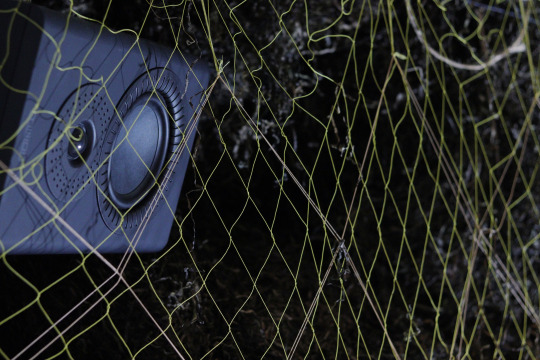


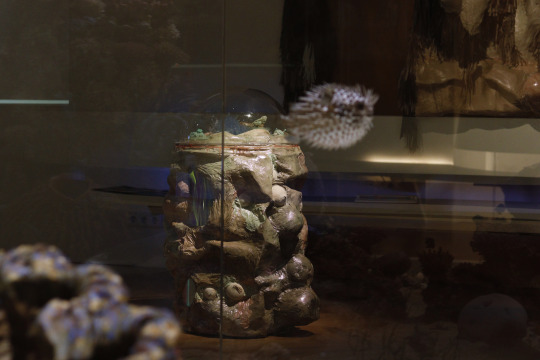
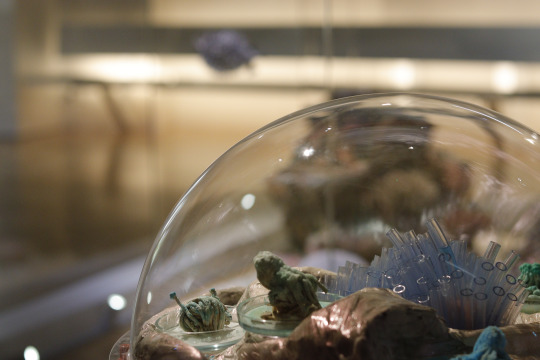
NEXT … @Senckenberg Museum Looking for Medusa
RAUMKLANG-INSTALLATION 5 Kanäle, Mixed Media, Unterwasser-Tonaufnahmen von Korallenriffen (Marsa Nakari und Dolphin House, Rotes Meer, Ägypten), Schiffsverkehr (Frankfurt a.M.), Ärmelkanal (Alabasterküste). weitere Tonaufnahmen: Backpulver-Wasser-Reaktion, heißes Öl, Eiswürfel, Kristallglas/Wasser, Kaulquappen, Regen auf Polyamid u.v.m., Synthesizer, Melodica, Sansa. Keramik/Gips mit Kalk-/Salzverbindungen, organisches und synthetisches Leder/Textil, Gummi, Seegras, Yogamatten, Schleppnetze.
-- Führung für Mitglieder mit Linda Weiß, Nina M.W. Queissner und Ellen Wagner
Mittwoch, 26. Juli 2023, 17:30 Uhr
Ausgehend von antiken Mythologien über Korallen vereint die Arbeit von Linda Weiß und Nina M.W. Queissner Skulptur und Klang. Faszination und Gefährdung des Riffs spiegeln sich in einer Rauminstallation, die zugleich als künstlerisch gestalteter und experimenteller Lebensraum auftritt. Betrachter*innen sind eingeladen zu spekulieren, wie Korallen in der Zukunft leben könnten. Die Führung mit den Künstlerinnen sowie der Kuratorin Ellen Wagner gibt Einblick in die künstlerische Recherche und Materialforschung und lädt zum Austausch ein.
#senckenberg museum#frankfurt#exhibition#ellen wagner#nina mw queissner#linda weiß#looking for medusa
4 notes
·
View notes
Text

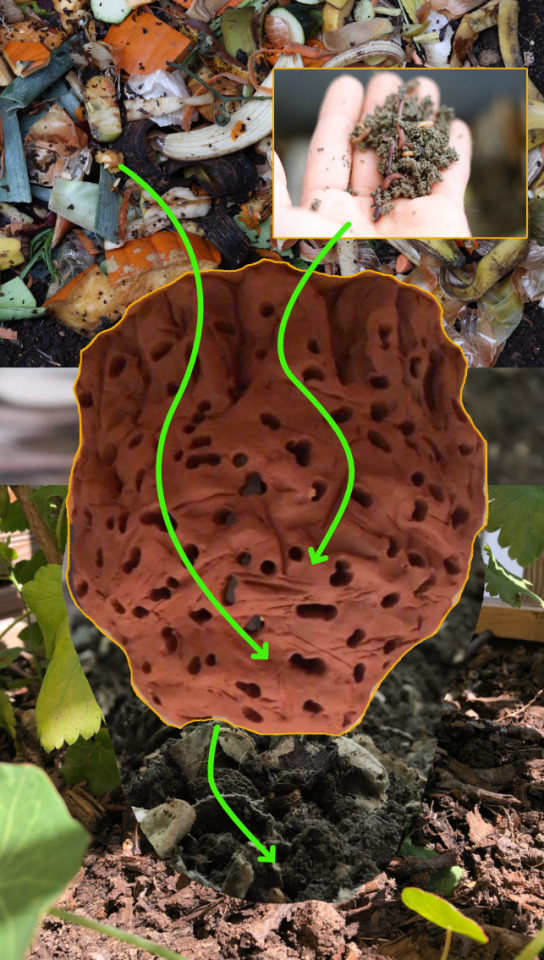

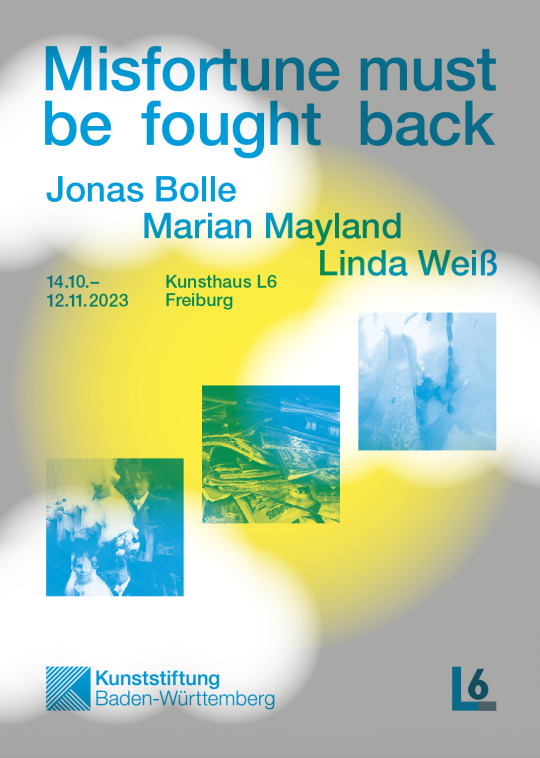
Ausstellung Looking for Medusa w/ Nina MN Queissner. Senckenberg Naturmuseum – 01.06.23 – 15.01.24 Infos Presse Blog Film-Screening Hydrozonen I : Uferferne am 30.09.23, 19:00 (begleitend zu Looking for Medusa)
Hausputz! Und andere Visionen für das Museum Kurhaus Kleve w/ Blockadia*Tiefsee – 18.06.–03.10.2023
Save the date : Misfortune must be fought back, L6, Freiburg, w/ Marian Maryland, Jonas Bolle, Opening: 13.10.2023
#senckenberg museum#linda weiß#nina mw queissner#ellen wagner#museum kurhaus kleve#exhibition#freiburg#l6#marian mayland#jonas bolle
0 notes